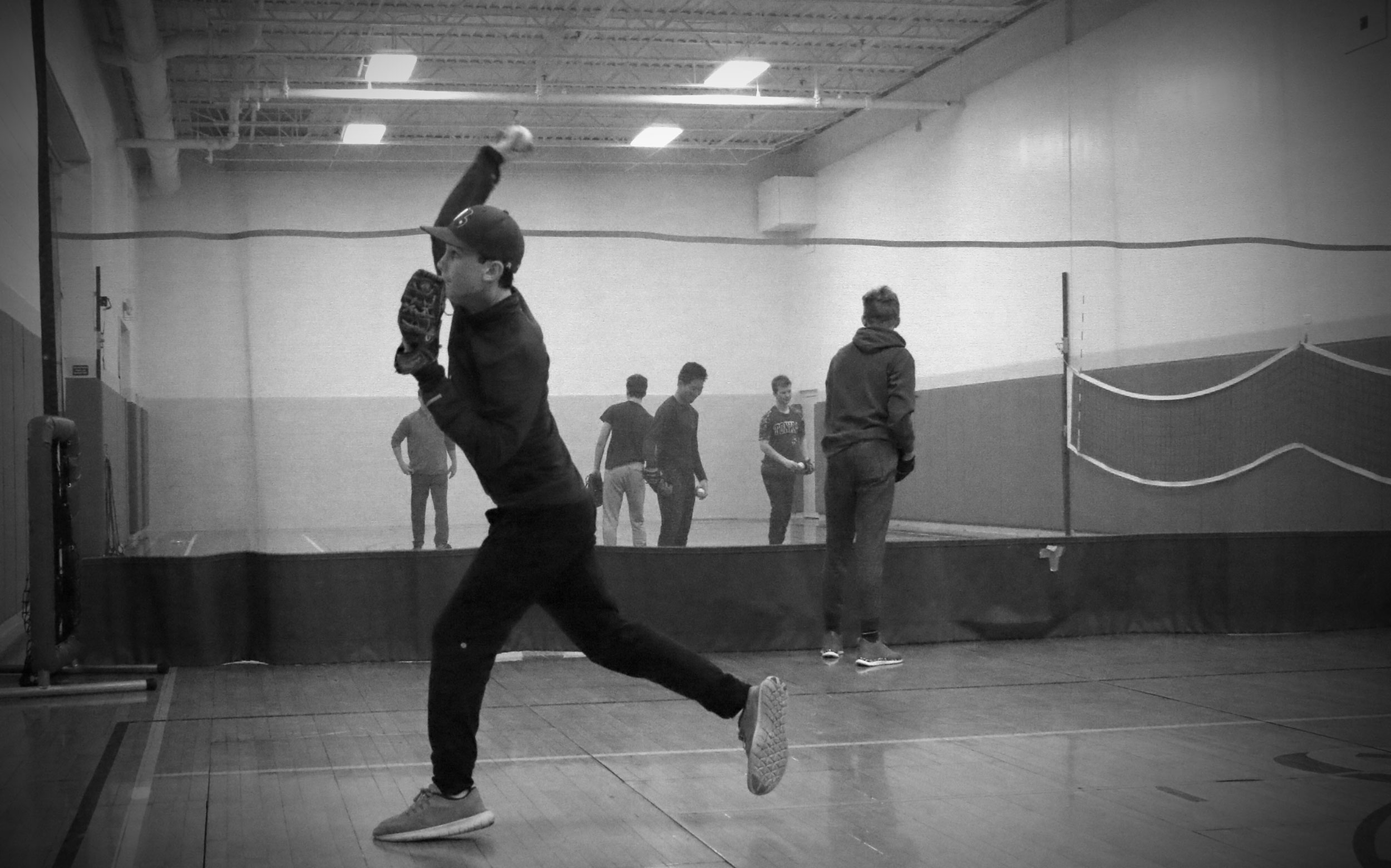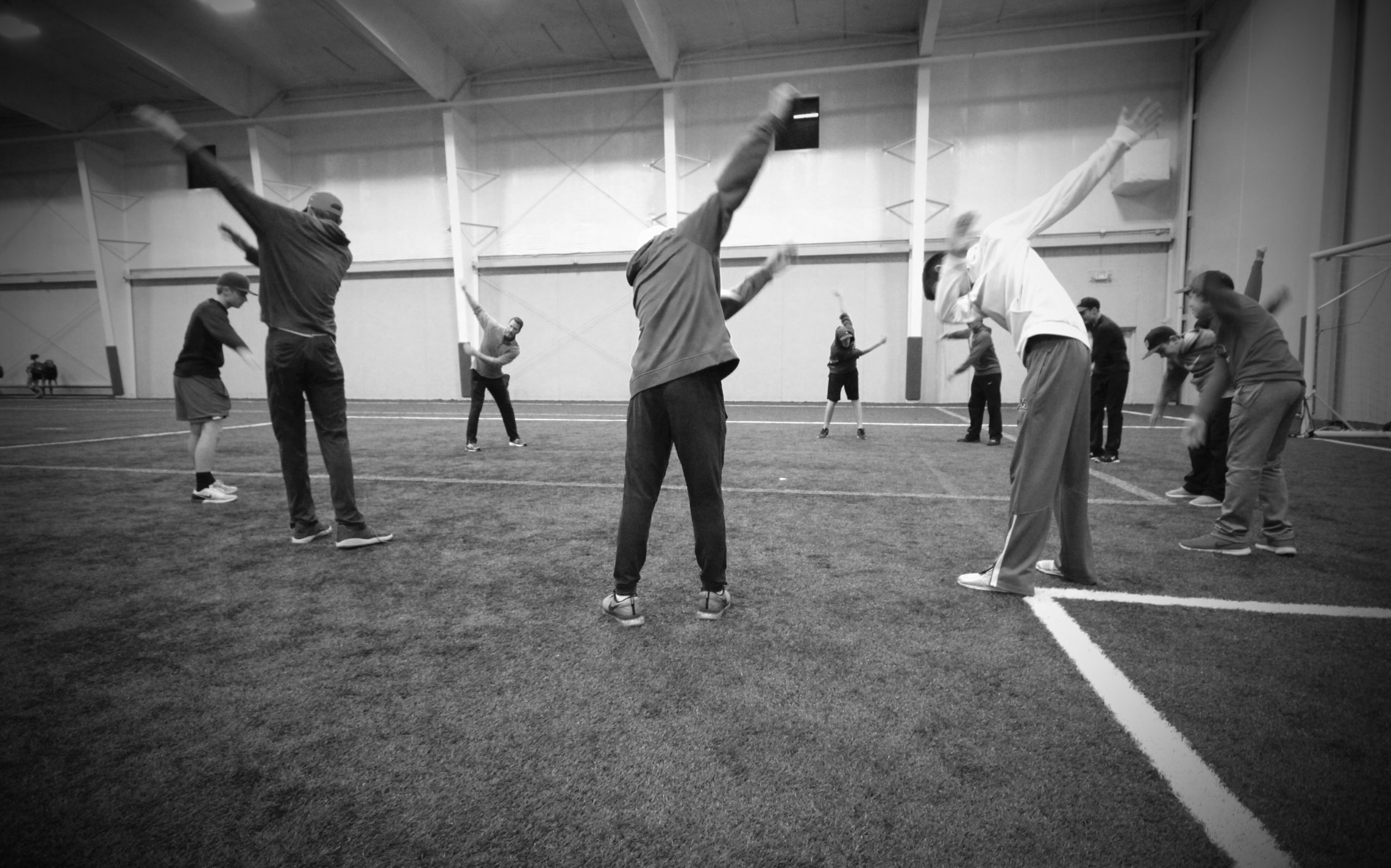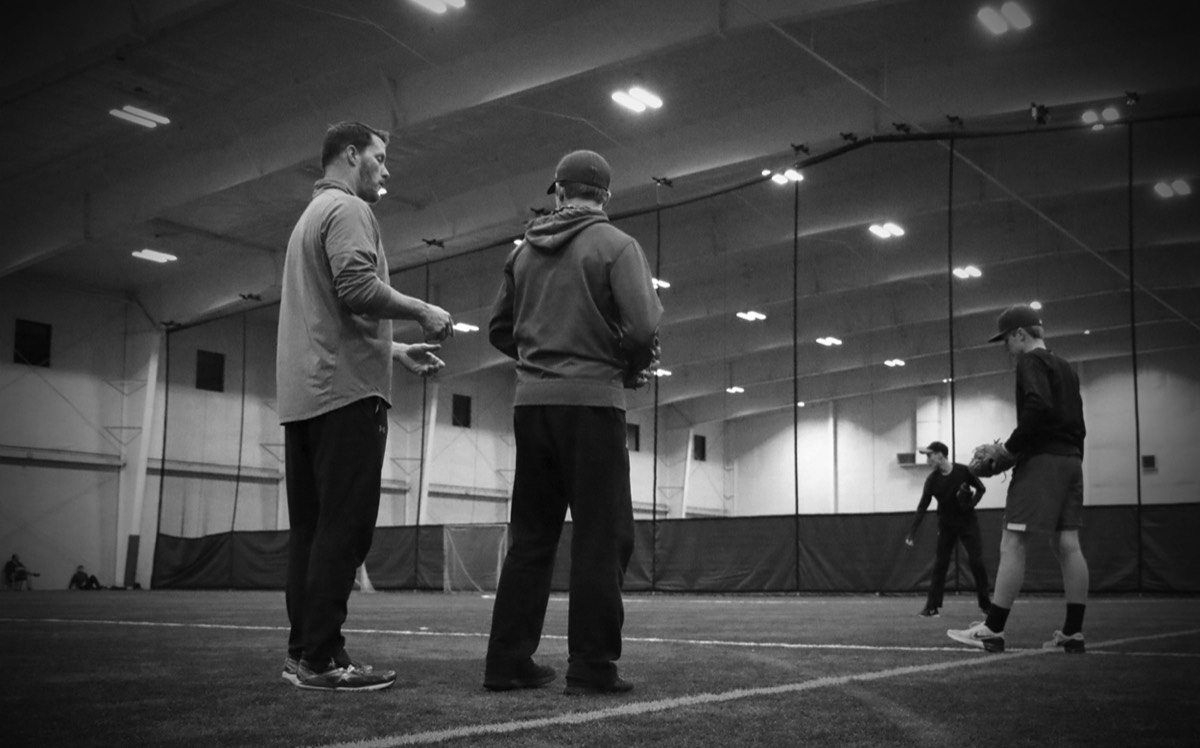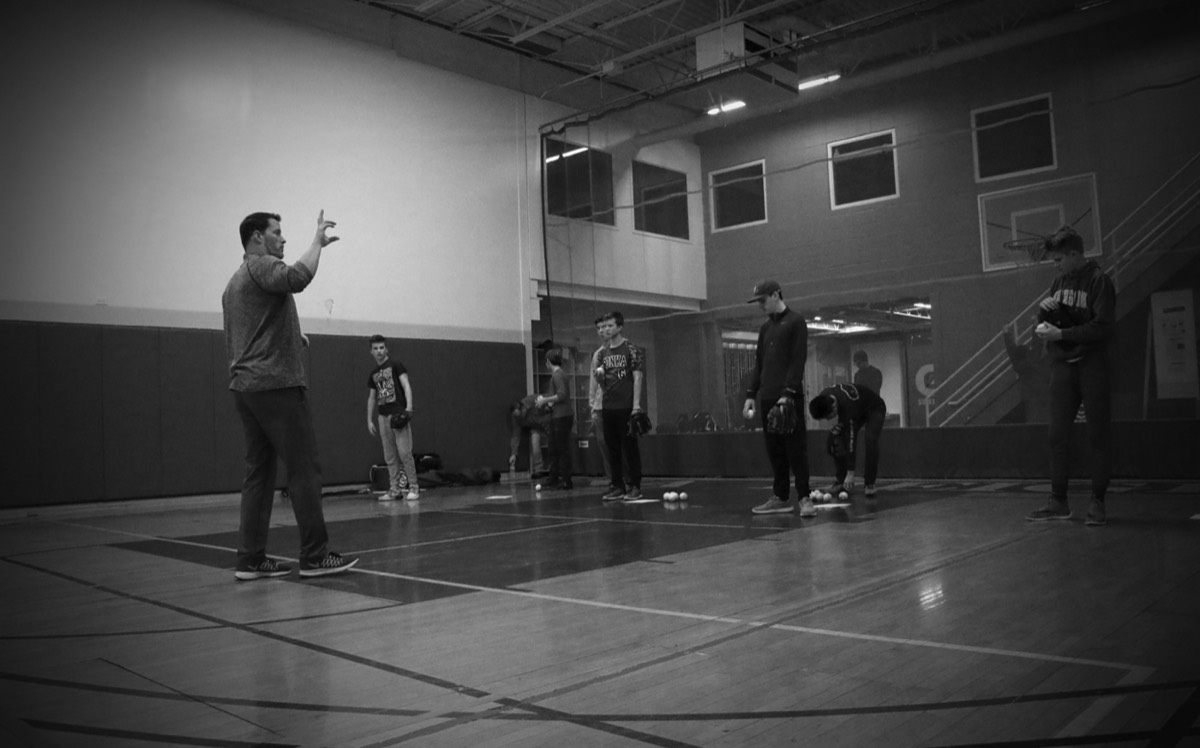
FREQUENT QUESTIONS
Below are some of the more commonly asked questions we get at Brower Baseball. If you have something you’d like to bring up not addressed here, please don’t hesitate to contact us. We’re more than happy to answer any questions!
Not at all and there are many of them out there! Especially with the proliferation of the weighted ball programs, it is a necessity to know who created the program and who is running it. A weighted ball program should be per the individual player and not just a downloaded template (even from a reputable company) that is delivered as a one size fits all. Although there is plenty of “professional” instruction out there... few are great. Just because someone has played baseball does not mean that they can or should teach it. Please do your research. Know the instructor(s), what their process entails, compare their program to other programs, ask questions, etc. If it is not a great program...don't do it. Your arm will thank you.
That is the million dollar question. Literally nothing is more researched and sought after in the baseball community than velocity. My advice is to first strengthen your arm through band work, long toss, an individualized plyocare routine & a strength/conditioning program. Next would be to refine & repeat mechanics (this helps pitch command and supports arm health). Lastly, throw with INTENT! Arm maturity is different for all players... some develop early, some develop late. By combining those elements together, I believe that is where a player's maximum velocity lives.
Research by the ASMI and others point to three principle risk factors for arm injury in youth baseball pitchers:
• overuse/fatigue
• poor pitching mechanics
• poor physical conditioning
Fatigue is something that youth players are not taught to recognize or report. It's a culture of: if it doesn't hurt, you're just tired, so you'll be fine...keep throwing. Injuries are believed to be due to the cumulative effect of microscopic trauma from the repetitive act of throwing that is exacerbated by fatigue. Train the right way and communicate to help stay healthy.
Throwing is the sum of a series of coordinated sequences. I take the complex movements and simplify them. It takes time to teach each of those sequences properly and more time to put all of those parts together resulting in proper throwing mechanics. I never rush the details of this process.
In an interview with James Andrews, world-renowned orthopedic surgeon, he was asked, "What advice would you give pitchers, in general?" He replied, “#1, use proper mechanics. The number one problem in any specific sport is improper mechanics."
Although a simple question, the answer is more complex because of several factors such as age, baseball experience, physical attributes, current activity, etc. The amount a player throws and the degree of intensity is unique to each individual. Players are encouraged to throw at their appropriate conditioning level.
It is important to stay in shape during the off season... "Active Recovery". It is the perfect time to build arm strength through QUALITY repetitions. My programs are development programs with a primary focus on education. Players are taught in a non-competitive environment on how to prepare themselves, both mentally and physically, for the upcoming season.
This is one of the most important and frequently asked questions I get. It is a complex issue with many factors in play. Below is my professional opinion on it. It is a general answer, but I think gives some context and direction for players, coaches and parents:
It is healthy to question pitch usage, to make sure everyone is on the same page in keeping players healthy. Being critical of a pitchers usage for me is something that doesn't happen enough at the amateur level. I know every Major League team is extremely critical when analyzing their own pitcher's usage. Professionally, it is just part of the process in trying to maintain healthy arms. They/we sit and discuss every pitcher's usage totals from previous seasons and find the range (innings & pitch totals) that they/we want a pitcher to fall into for the upcoming season. Once that limit is reached, the player is shut down. It is hard to shut down a player because of the unknown, because who really knows what an individual pitcher's arm can handle? It comes down to what is the best chance (by the numbers) to keep a pitcher healthy...FYI, it is a hard discussion to have and the pitcher is never good with being shut down or taken out of a game. Questioning usage is a great way to spark real/honest communication about how a pitcher is being used and if that usage is in their best interest...it might be or it may not be. You can't get to any conclusion without asking the difficult questions. To help stop or at least slow down the rash of injuries in youth baseball, dialogue and guidance (in game, in a season, over multiple years) are paramount. This is especially important as baseball is becoming more of a year around activity.
Dr. Andrews and Dr. Fleisig are the foremost authorities on throwing injuries and they point to fatigue as the number one issue when it comes to arm injuries. Fatigue can sometimes be seen in a specific game, but fatigue is a challenge to diagnose because it is an accumulative effect on the pitcher's arm (not necessarily a single game) that poses the biggest concern. Signs of fatigue aren't always seen on a daily basis and velocity maintaining or gaining doesn't mean that fatigue is not present. When a pitcher's arm is tiring, sometimes they will get "loose" and get out of their mechanics to get some more out of their body. Velocity may go up or may not go up, control goes down, but not always...so you can see why fatigue is such a challenge to determine in a pitcher. There are other warning signs of fatigue which can be researched by an easy Google search for those interested. Here are the recommendations of a case study on throwing and injuries from Dr's mentioned earlier in this paragraph.
Risk Factors for Shoulder and Elbow Injuries in Adolescent Baseball Pitchers by Samuel J. Olsen II, MD, Glenn S. Fleisig,* PhD, Shouchen Dun, MS, Jeremy Loftice, and James R. Andrews, MD From the American Sports Medicine Institute, Birmingham, Alabama
(Their) Safety Recommendations for Adolescent Baseball Pitchers-
1. Avoid pitching with arm fatigue.
2. Avoid pitching with arm pain.
3. Avoid pitching too much. Further research is needed on this topic, but reasonable limits are as follows:
a. Avoid pitching more than 80 pitches per game.
b. Avoid pitching competitively more than 8 months per year.
c. Avoid pitching more than 2500 pitches in competition per year.
4. Monitor pitchers with the following characteristics closely for injury:
a. Pitchers who regularly use anti-inflammatory drugs or ice to “prevent” an injury
b. Regularly starting pitchers
c. Pitchers who throw with velocity >85 mph
d. Taller and heavier pitchers
e. Pitchers who warm up excessively
f. Pitchers who participate in showcases
Having worked as a pitching coach with the Kansas City Royals & the Seattle Mariners as well as a pitching coordinator with the Chicago Cubs, here is the information (and the answer) I share when I am confronted with questions of pitcher usage. I tell them nobody invests more money and care into pitcher's arms than Major League baseball teams. Team's invest millions of dollars to not only acquire pitchers, but to find ways to keep them healthy. With that said, one of the most important tools used in maintaining pitcher health is to limit pitches per game/season. Professional pitchers usually range in age between 18-27 years old and train daily for a minimum of 7 months out of the year with some of the best trainers, coaches and support staff around. All the pitch limits below are "in-season" pitching limits for both the Royals & Cubs organizations. The numbers are considered "hard ceilings" (meaning the number shown is the absolute maximum number of pitches in a game). The Arizona Fall League (which I played in and later coached in) is an off-season developmental league for minor league pitchers. Starters there are only allowed to throw 5 innings or 75 pitches...whichever comes first. That is what all the Major League teams voted on as an appropriate in-game work load for their pitchers in an off-season activity and I agree with those limits.
Royals-
• Extended Spring Training- 75 pitches
• Idaho Falls (short season team)- 75 pitches
• Burlington (short season team)- 75 pitches
• Lexington (low A)- 90 pitches (100 if 2nd full season in professional baseball)
• Wilmington (high A)- 100 pitches
• Northwest Arkansas (AA)- 100 pitches ("soft ceiling"- no at-bat starts after pitch 100)
• Omaha (AAA)- same as AA
• Royals (Majors)- no official limit, but starting pitchers averaged 98 pitches on the season.
Cubs-
• Extended Spring Training- 75 pitches
• Arizona League- 90 pitches
• Eugene- 90 pitches (75 if first year in pro ball)
• South Bend- 95 pitches
• Myrtle Beach- 100 pitches
• Tennessee- 105 pitches
• Iowa- 110 pitches
• Cubs (Majors)- no official limit, but starting pitchers averaged 101 pitches on the season in 2015.
In summary- my advice is "be Big League and treat player's arms like they are worth a million dollars". Parent's should require that level of commitment by everyone in charge of their son's or daughter's arm and baseball career.
© BROWER BASEBALL • SITE DESIGN: MLD







